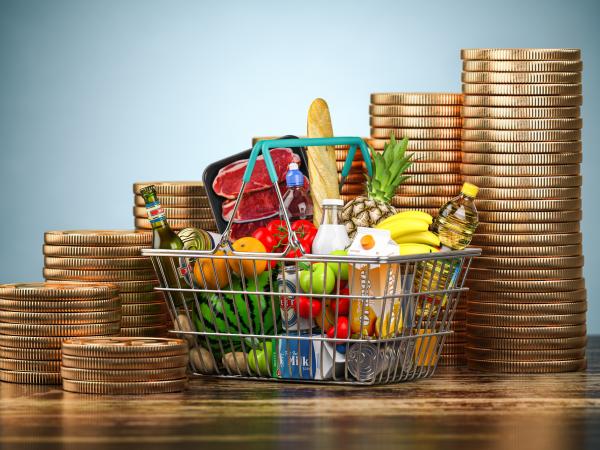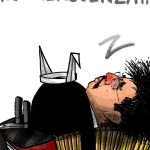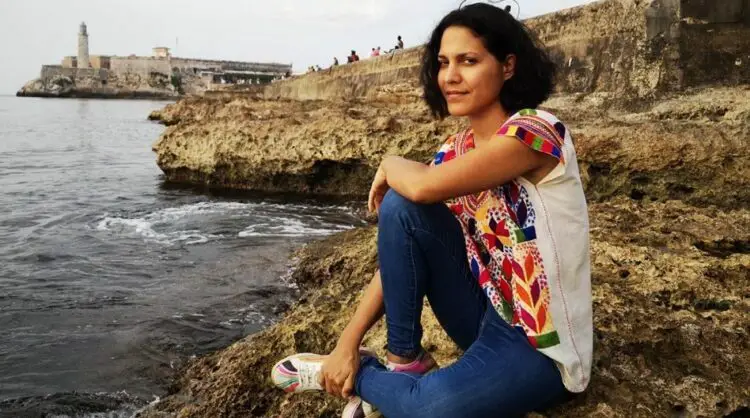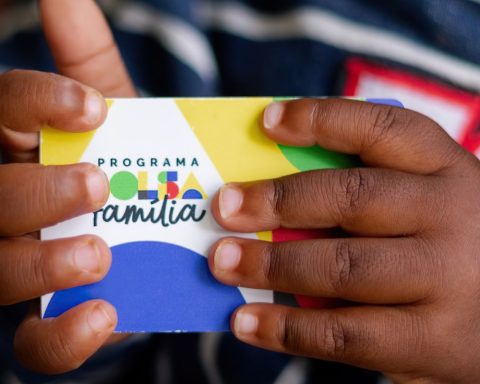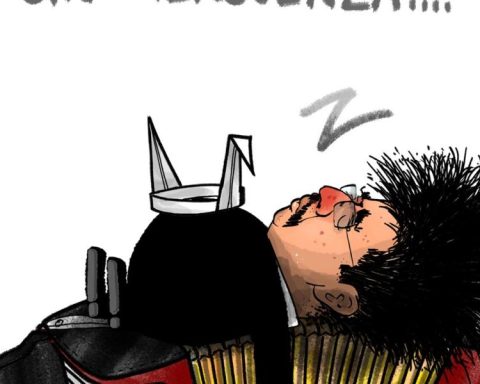The increase in prices continues to hit the pocket of Colombians and, in February, the consumer price index (CPI) reported a monthly increase of 1.66% according to Dane. The annual rate reached 13.28%, a figure that had not been seen since March 1999, that is, for 24 years.
(Minister of Finance says that inflation has peaked).
In the second month, the category that largely drove the increase in prices was education. According to Leonardo Trujillo, its director of the entity, education had a monthly variation of 8.5% and a contribution to the February data of 0.31 percentage points, while the annual data was 0.41 points. “As expected, there is an important component of A calendar schools and enrollments at all levels,” said.
By cities, those with the highest annual cost of living rise were Cúcuta (16.2%), Sincelejo (14.9%) and Valledupar (14.6%).
(According to Petro, the slowdown in inflation began.)
For their part, the categories that have seen their prices increase the most in the last year are food and non-alcoholic beverages, with inflation of 24.14%; restaurants and hotels, an item that stood at 18.8% in its annual variation in February; articles for the home and their conservation, which include cleaning implements, with an inflation of 16.88%, transportation (14.89%) and various goods and services (14.6%).
For the experts, the first months of the year will maintain the trend of high prices, and at least until April there will be no respite in inflation. This, to a large extent, due to the effect of indexing goods and services both to the minimum wage and to the inflation of the previous year.
According to Sergio Olarte, chief economist at Scotiabank Colpatria, the first three months of the year will be the ones where the indexation effects will really be felt most strongly.
“February is a month in which it is appreciated that both education and its related services have been affected by price indexation. For the whole year, effects will continue to be seen, such as in rentals, which adjust their prices with past inflation of 13.12% ”, explained.
(Annual variation of inflation reached 13.28% in February).
For the expert, inflation during the first quarter will hit its ceiling and then it will decrease very gradually, especially since food will start to help due to a very high statistical base.
A similar position is held by Alejandro Reyes, chief economist at BBVA Research for Colombia. According to the economist, the pressures of the factors associated with the indexation will be felt with greater relevance until the month of April.
“We expect a relief in inflation in the second half of the year, there the effects of the indexation begin to dilute but at the same time a weaker demand begins to be felt that will lead to a moderation in inflation”Reyes assured.
On the other hand, Carolina Monzón, manager of Economic Research for Itaú Colombia, assured that all analysts and investors are paying attention to whether February was the peak of inflation, “and if we can begin to see corrections in the indicator, particularly in the second quarter of the year.
From Itaú, inflation is expected to close 2023 at 8.7%, due to downward pressures not only related to the base effect of 2022, but also due to the effect of interest rates.
While Munir Jalil, chief economist of BTG Pactual for the Andean region commented that in Colombia, we are going to have more than a peak “a kind of plateau”and the indicator will be relatively stable around 13% for a couple of months.
LAURA LUCIA BECERRA ELEJALDE
